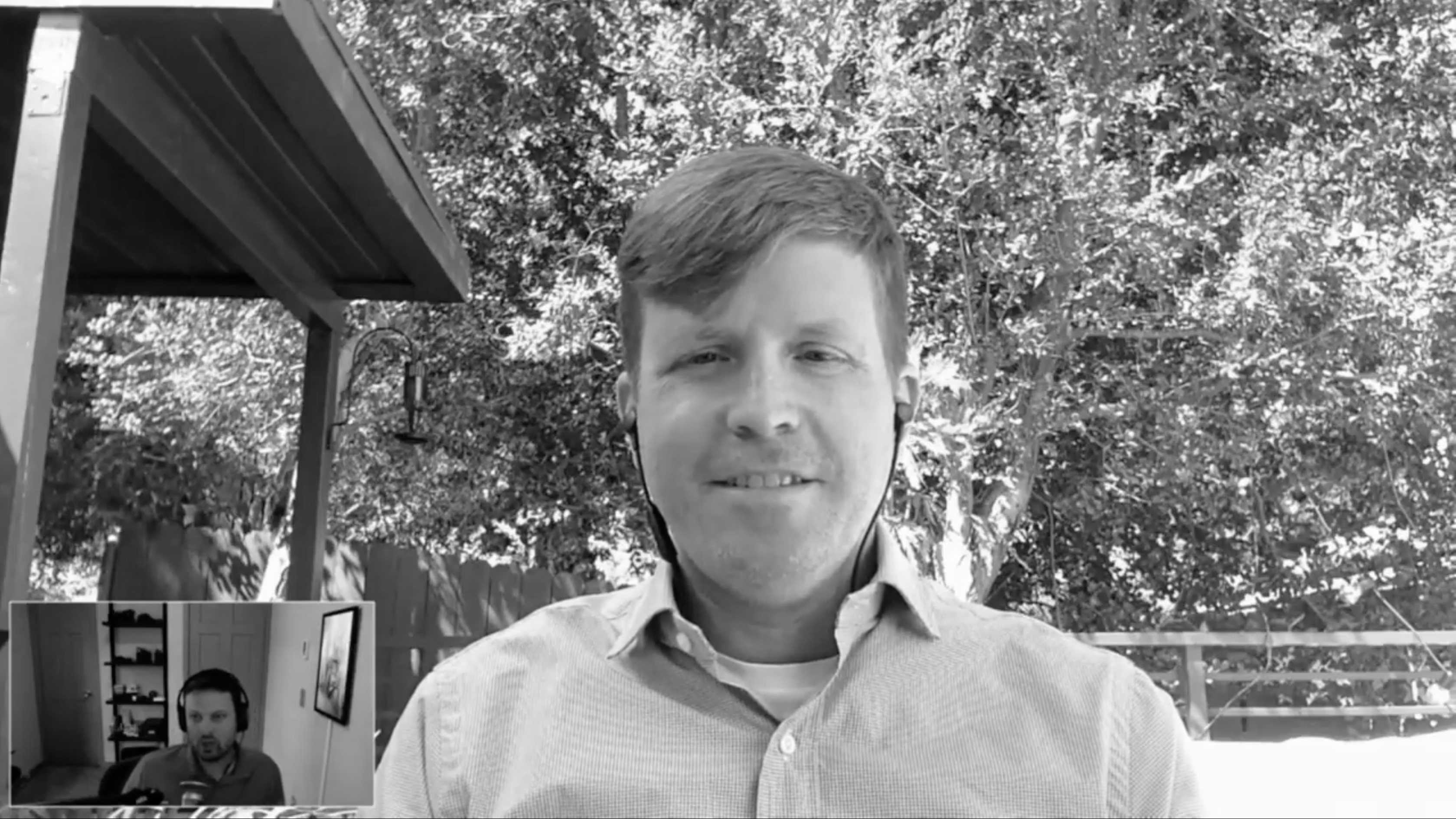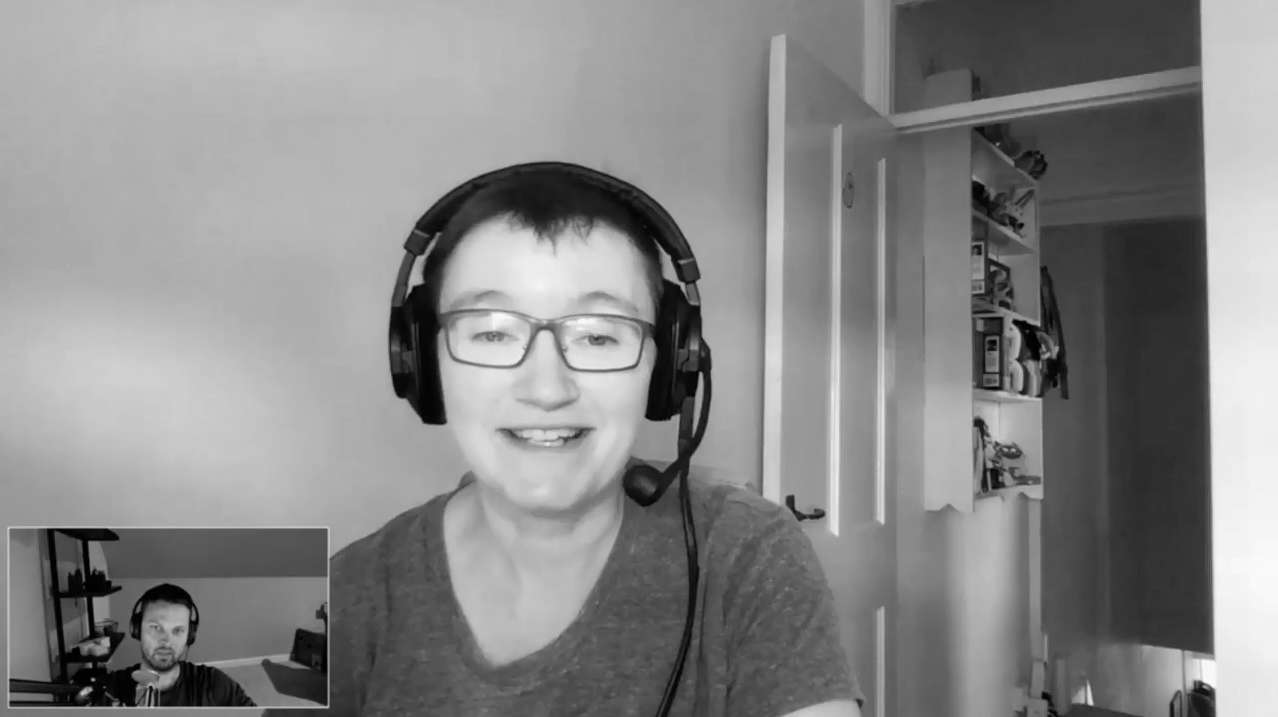#feedback
Chapters and interviews tagged with ‘#feedback’
Related Book Chapters & Interviews
 Interview № 24 of 24
Brennan Dunn
Interview № 24 of 24
Brennan Dunn
Brennan is a co-founder of Right Message. In this episode, we talk about the path he’s taken that led him to create Right Message and what he’s learned about building and launching SaaS applications based on his experiences with his various products.
 Interview № 23 of 24
Mathias Meyer
Interview № 23 of 24
Mathias Meyer
Mathias is one of the original founders of Travis CI. In this episode, we talk about the difficulty of leaving the company he helped start, and the challenges of moving on.
 Interview № 22 of 24
Jaimee Newberry
Interview № 22 of 24
Jaimee Newberry
Jaimee Newberry is the founder of Picture This Clothing where you can print a coloring sheet and design a one-of-a-kind ready-to-wear creation that they send to you. In this epsode we talk about making hard decisions and creating space in your life for ideas to take hold and give you time to work on them.
The word “beta” gets thrown around in the early days of building an application, but teams rarely understand what it really means. “Beta” is more of a process than a point in time. It’s as much about learning as it is about sharing, and you have to design your beta to gather feedback.
Paying customers who explicitly cancel can be among your most important sources of insight. You can’t prevent every cancellation, but you can do your best to get to the bottom of why people leave.
Every time you make a change, it won’t be universally embraced by your customers. You’re rocking the boat, and it’s worth spending a little extra time to make the transition as seamless as possible.
It’s easy to forget when you’re focused on shipping, but you have to keep your customers in the loop. Tell them what’s coming, and help them prepare for transitions. Let them know when you have to go offline for emergencies and other planned downtime. Always strive to keep the lines of communication open and honest.
It’s hard when someone criticizes the work you’ve poured yourself into, but you mustn’t take it personally. And you definitely can’t let it slow you down. Use it as inspiration or fuel for improvement, but remember that one voice is still just one voice.
It’s tempting to make everything perfect before you share it with anybody, but this is a terrible tactic. If you build the wrong features, it doesn’t matter whether they’re perfect. Optimize for release speed, learning, and iteration. You can be a perfectionist once your application is healthy and profitable.
As a new founder, you’re in a position to design your business and life the way you want to. If the standard way of doing something feels wrong, use it as an opportunity to do the right thing rather than the corporate thing.
Feedback will either be plentiful or non-existent, but once it’s plentiful, don’t ever take it for granted. Maintain a conversation with customers and always dig deeper. Be thankful they took the time to share, and be honest about how you plan to act–or not act–on their feedback.
As a small business, agility is a key strength. Your ability to quickly gather and act on customer feedback is a central advantage. Investing in tools and processes to help you iterate quickly and safely is always a good investment.
Launching is exciting. It’s a tangible milestone that represents an exciting day of watching your stats. It’s worth celebrating–but only briefly. Launching is where the work begins, not where it ends.
Launch day is really just the beginning of your journey, and once you launch, nothing is more important than getting back to work. Talk to customers, get feedback, and continue improving.
At some point, growth will stall or even decline sharply. These moments can be incredibly scary or depressing, but they’re always temporary–if you want them to be. You just have to look at it as a problem to be solved. What have you not tried that could be the next thing to help you break through?
With software, quality is priceless. If a specific feature is worth building, it’s worth building right. Cautiously consider every new feature, but once you commit, go all the way and build it right.
Nothing can lead you in the right direction better than spending time with customers and striving to understand their problems and challenges. In the early days, no investment will pay off more than time spent understanding your customers’ needs.
Support is a reactive approach to helping your customers. These days, you want to be more proactive. And you absolutely want to help customers in the places and media they’re comfortable with. Scale carefully, but always go out of your way to give great support and learn from your customer requests.
 Interview № 19 of 24
Scott Nixon
Interview № 19 of 24
Scott Nixon
Scott Nixon is the co-founder of Meal Mentor, a subscription-based vegeterian meal planning service. Scott handles the technology side of the business and works to keep the operational side of things humming with software.
 Interview № 17 of 24
Rachel Andrew
Interview № 17 of 24
Rachel Andrew
Rachel and I talk about what it’s like supporting self-hosted software, juggling a busy travel schedule to make time for work. She’s been working on Perch with her husband Drew for eight years, and they’re still going strong.
 Be Fully-prepared to Launch Your Own SaaS Application
Be Fully-prepared to Launch Your Own SaaS Application
Get a free playbook, worksheet, and short email course to help you navigate the journey so you can be ready to build your own SaaS application.